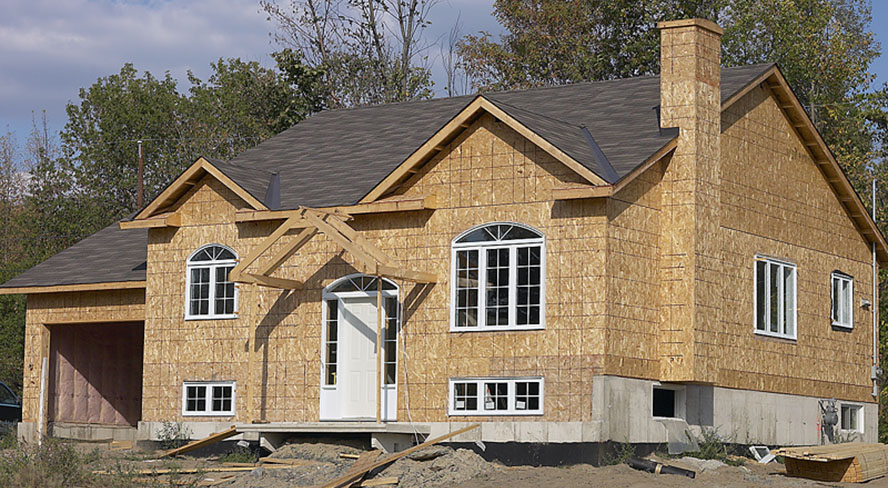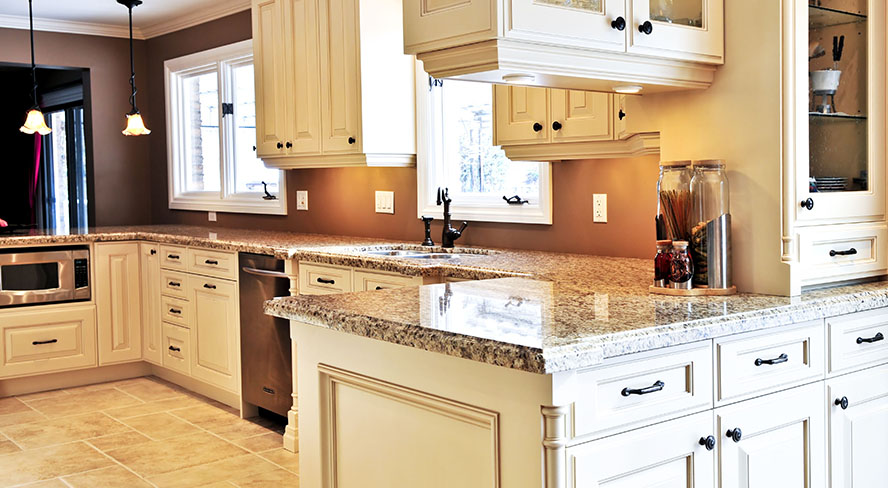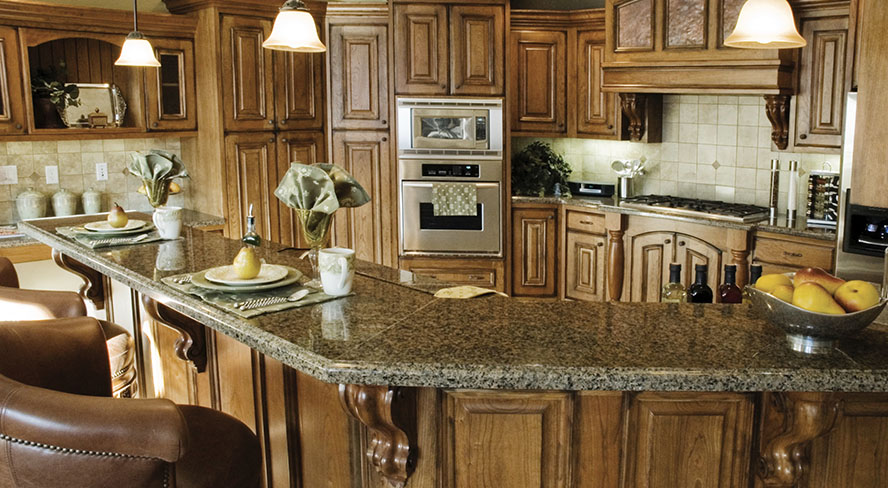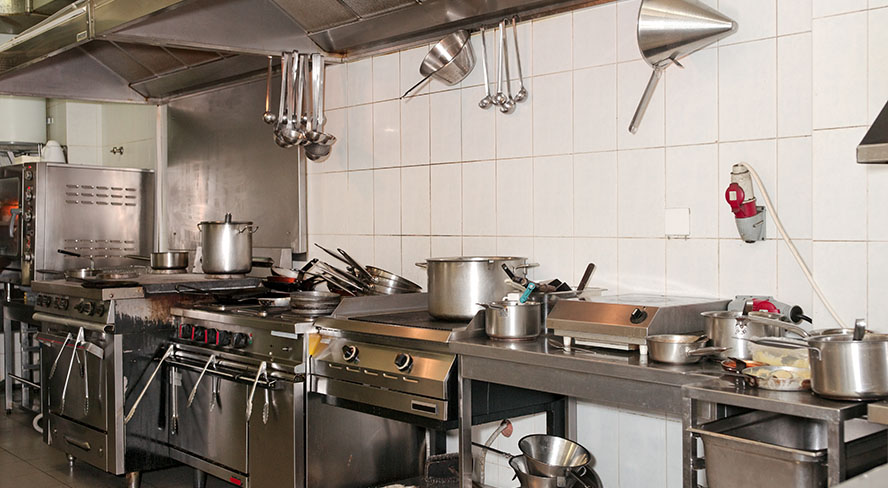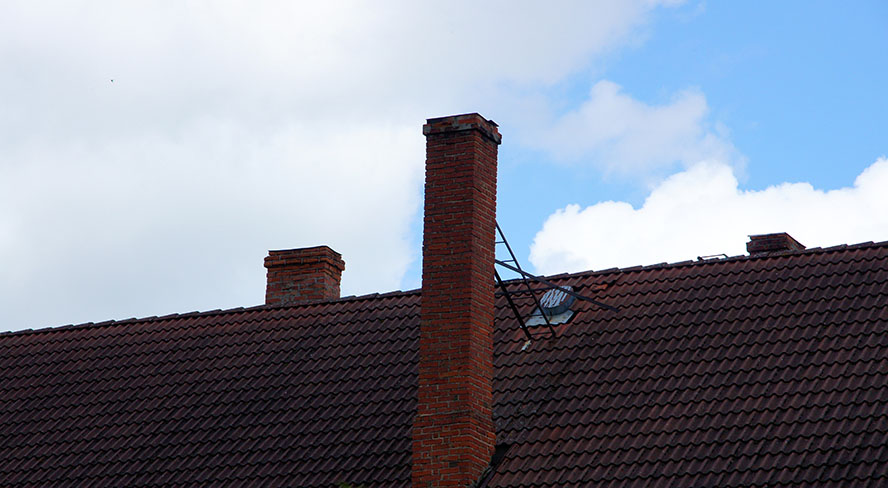The roof is an important part of the house. It is your first line of defense against extreme weather conditions. With time, roofs tend to leak, crack and incur some damages that require inspections. After that you can carry out roof repair. Let’s take a look at what a roof inspection looks like.
Attic Ventilation
Amongst the first things a roof inspector inspects upon visiting your house is the attic’s ventilation. Considering the location of the attic, it is important that it is proper ventilation. Although attics are used for several different purposes, if it is used as an extra living room, it needs to have sufficient ventilation. Otherwise, you will feel suffocated.
At the same time, poor ventilation will cause problems with the roof. The trapped cold and hot air will eventually impact the roof’s lifespan. This is why homeowners are stressed to ensure their attics have enough ventilation to prevent expensive repairs down the road.
Water Stains Or Other Visible Leaks
This one is pretty obvious but your roof inspector will be closely looking for any visible signs of leakages. However, leakage does not necessarily mean there is always a huge problem. It might be that a small crack is causing the leak and can be fixed within a few minutes or a day at max.
Once the roof inspector has found the leak, they will start searching for the cause. Keep in mind that roof leaks can be complicated as well. If a leak is found somewhere, it might be that the problem lies somewhere else and the water is simply traveling to different areas of the roof.
If your roof is regularly maintained and a leak occurs, the inspector will get it fixed relatively easily. However, if the roof has been neglected, it might be that a huge portion needs replacement.
Layers Of Roof
Layers of roofs play an important role when it comes to performing repairs and replacements. Then again, having multiple roof layers is simply the need and preference of some homeowners. Moreover, roof layers add to the weight of the roof and you can install multiple layers of roof if your house is structurally strong to withstand the weight.
The more the number of layers, the more difficult it will be to perform both repairs and replacements. For instance, if the roof needs to be replaced, then all the extra layers will need to be removed as well. Overall, you will have to pay double for the removal and replacement.
Roof Decking Condition
Inspecting the roof decking is as important as checking the attic ventilation. Once the inspector hops on the roof, they will try to feel the decking to check if it is spongy or solid underneath their feet. Plus, they will also check the nails in the decking to see if they are holding firm.
Keep in mind that the inspector will not always be able to determine the condition of the decking by simply walking on it. They will have to go deeper to check the integrity of the structure.
The Roof Vents & Shingles
Regardless of the type of roof vents you have, they will need to be inspected. For instance, you might have ridge, gable, or soffit vents that will need to be checked for obstructions. If you use gas appliances in your home, the inspectors will check if the expansion and contraction of the metal have pulled the fasteners out of the gas vent.
At the same time, roof installation is a major factor that determines the lifespan of the roof. If the shingles are not installed the right way, you will not be able to get full use of them. The roofer will look for blistering, loose or missing shingles along with signs of improper installation to fix them before something goes wrong.
The Chimney
If you have a fireplace in your house, having a chimney is a must. It is the only way the toxic gasses are able to escape. Unfortunately, homeowners tend to ignore its cleaning and maintenance which might eventually affect the roof and threaten the people living inside the house.
Plus, burning wet wood also produces more soot than dry wood. It is suggested to clean the chimney at least once a month to prevent soot buildup. The reason is that the buildup eventually reaches a point where it becomes impossible to break down or remove.
This will only increase the efforts and consume more time on behalf of the expert and will cost more money.
While checking the chimney, the inspectors will inspect the condition of the mortar along with the cap. Inspecting a chimney requires special tools and equipment to clean the soot buildup and check for cracks and damages.
If the chimney has cracks, moisture will enter and will impact the structure of the chimney. Similarly, if the chimney flashing is damaged or corroded, it will also cause moisture damage to the roof. Depending on the situation, your roofing expert might be able to fix minor imperfections. However, if the problem is more complicated, you will need to call an expert.
Gutter Inspection
Inspecting the roof also includes gutter inspection. When it rains, excess water should be able to travel down to the ground instead of standing still. If that is the case, the water will cause rust and might also travel through the cracks and leak inside the house.
That said, the inspectors will check the gutters and downspouts to make sure there are no open seams or cracks. It might be that dead leaves or shrubs are blocking the passage. Clearing the gutter and downspouts and ensuring there are no problems prevents the roof from having any issues down the road.
How To Find A Reputable Roof Inspector?
Finding a reputable roof inspector can be slightly complicated depending on your location. While searching for the right person, you will come across many offering their services at a rate lower than the average market rate.
You might be tempted to hire them but you should not. As mentioned earlier, roof inspections are performed in detail and require special tools and equipment. Furthermore, the individual needs to be experienced and skilled to scan every inch of the place.
If you were to hire an amateur, they might be able to spot the problem but might perform a shoddy repair job. This will not only cost you time and money but also the lifespan of the roof. Therefore, look and ask around for references.
Always have two to three options in hand. Interview the inspectors and ask them about their portfolios. This will give you an idea of the type of projects they have worked on previously. Additionally, make sure they have insurance, certifications, and license if required by law.
And once you find a reputable roof inspector, negotiate the terms and keep in touch while they perform the inspection.
Conclusion
Roof inspections are a must especially if you live in a region that experiences extreme weather conditions throughout the year. Take your time to find a skilled roofing contractor and schedule annual maintenance. This will help you keep the roof in perfect condition without needing expensive repairs and replacements.

